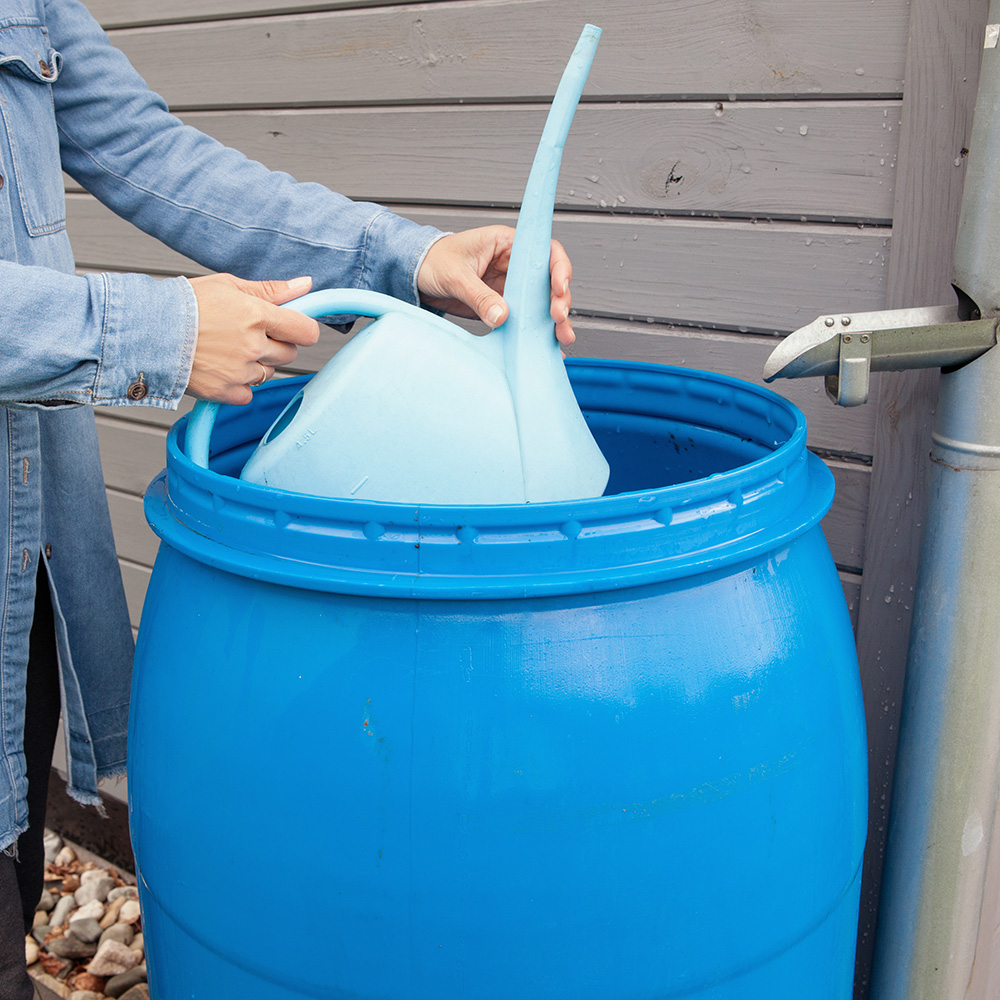- South Texas Students Meet Accordion Music Icons Los Tigres Del Norte In Edinburg Thanks To Khs America/Hohner Alianza Académica Initiative
- Fragile Planet Offers a Nighttime Wildlife Experience
- Falcons Soccer Off & Running
- Cameron County Receives Funds to Improve Two Parks
- Falcons Complete First Half of 32-6A
- School District to Help out Victims of California Wildfires
- Sand Castle Days Continued Despite Unexpected Weather
- Ready for District
- Discussion of Garbage Dumpster Rates, Agreements Between State & City on Highway Regulations, and More
- 31st Annual Shrimp Cook-Off is Right Around the Corner
Beginners Guide to Harvesting Rainwater
- Updated: June 23, 2022
Don’t save it for a rainy day

Written by Susan Himes
With ongoing droughts across much of the state, rainwater harvesting is something nearly every Texan can do to make the most of the moisture they get.
“Even after the much-needed rainfall we recently received in late May and June, much of Texas is still under varying levels of drought from ‘severe’ to ‘exceptional’,” said Allison Watkins, Texas A&M AgriLife Extension Service horticulturist for the Concho Valley.
Many homeowners erroneously think that if they live in an area with little rainfall, it’s not worth trying to catch for use later.
“Infrequent rainfall is exactly the reason to harvest rainwater,” Watkins said.
Rainwater harvesting is one way homeowners can invest in their landscape and continue to garden during drought while also protecting valuable water resources.
“Plants love rainwater and catching when it does come, to use later when it’s hot and dry, will really help plants survive and thrive in a yard or garden,” she said.
What you need
A way to collect rain — a roof is ideal.
A method to direct the water, such as a rain gutter and downspout.
Something to store the water in. The container can be a rain barrel, a food-grade barrel or even a large, clean trash can.
A way for water to reach the container — a pipe, pvc tube or rain chain.
What you don’t need
A gutter. Determine the lowest point of the roof or the valley where rain would naturally run off.
Heavy rain — any amount of moisture that accumulates — will work with gravity to help fill your container.
Fancy math skills. We’ll do that for you: For every inch of rain that falls, around 0.62 gallons of water can be captured per square foot of roof. In other words, 1,000 square feet of roof can produce as much as 620 gallons of water for harvest with 1 inch of rain.
Keep in mind
This water is “grey water,” which is suitable for watering plants, washing your car or other places, but is not to be consumed by people or pets.
If you want a system that will provide drinkable water, that is a more advanced system and special equipment and expert advice is needed.
Your local AgriLife Extension horticulturist or Texas Master Gardeners group can help you get started.
Texas A&M AgriLife offers many resources including a rainwater harvesting website and instructions on making a rain barrel on YouTube.
“I’d encourage everyone to utilize the information AgriLife Extension has to offer when getting started harvesting rainwater,” said Watkins. “From keeping your water mosquito-free to making a filter to catch leaves and other debris from entering your system, there are many resources to help make your first foray into rainwater harvesting a success.”
